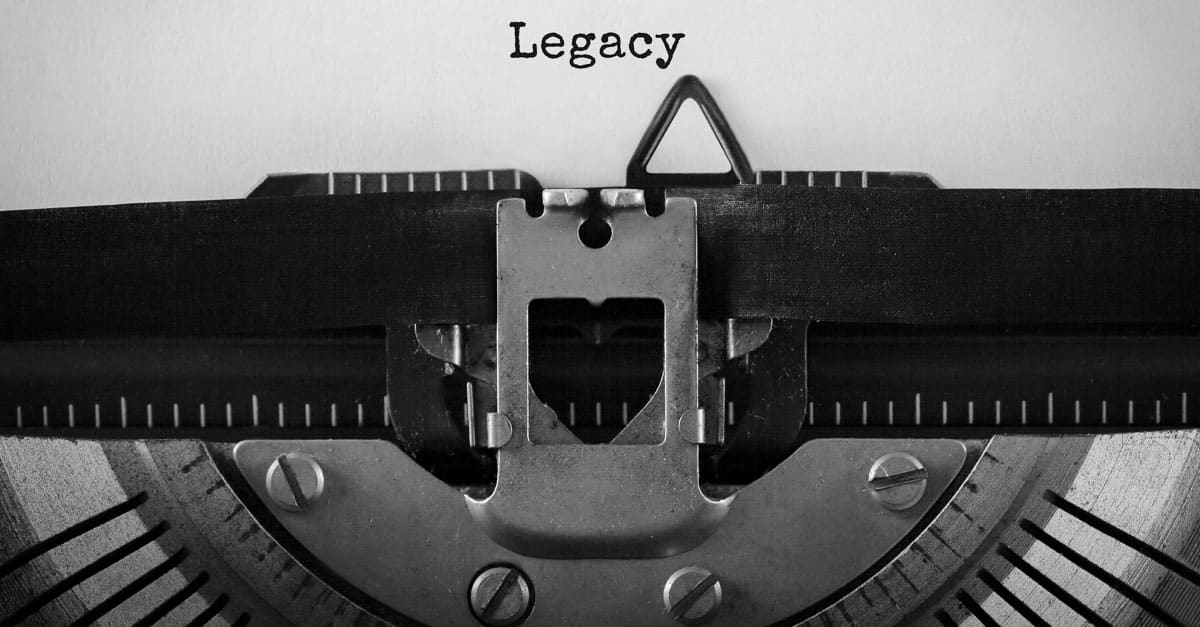The Silent Generation and Baby Boomers: Laying the Foundation
The Silent Generation, born between the 1920s and 1940s, have contributed discreetly to philanthropy, focusing on traditional institutions and local initiatives for community stability. Their discreet giving has had a lasting impact and laid the foundation for philanthropy as we know it.
In contrast, the Baby Boomers, born between the end of World War II and the mid-1960s, brought a dynamic energy to philanthropy. They have pursued larger initiatives to challenge the status quo, have opted for more public and visible giving, and have supported established nonprofits with proven track records.
Generation X: Pragmatism and Innovation
Gen Xers, born between the mid-1960s and early 1980s, have ushered in an era of pragmatism and innovation in philanthropy. Amidst rapid advances in technology, they have embraced new ways of giving and leveraged digital platforms to maximise their impact. Gen X donors have been strategic in their giving, emphasising efficiency and measurable results. They pioneered the concept of “venture philanthropy,” seeking not only to give but also create lasting systemic change through strategic investments in social causes.
Millennials and Generation Z: Purpose-Driven Engagement
Millennials, born between the early 1980s and mid-1990s, are driving a shift toward purpose-driven philanthropy, emphasising hands-on involvement, transparency, and the use of technology for global impact. Their passion extends beyond financial contributions, incorporating crowdfunding and social media advocacy to support a wide range of causes.
Elevate Your Wealth Game: Empowering UHNWIs for Simplified Asset Management. Altoo Platform Preview
Generation Z, born in the late 1990s to early 2010s, follows suit with a focus on activism and grassroots movements. Younger generations also tend to combine charitable giving with their entrepreneurial goals, such as funding startups in the environmental or health care sectors.
Online to Offline: Social Moments for Generational Harmony
Social media has significantly increased the societal influence of Millennials and Gen-Z, empowering them to create movements and advocate for causes. Charitable organisations can take advantage of this by adapting their engagement strategies to attract a new generation of philanthropists.
To bridge the generational divide, many successful nonprofits aim to create dynamic and interactive “social moments” that align with the values of younger donors while also meeting the expectations of older generations. These moments can consist of both online and offline experiences, such as virtual meet-ups for networking and cooperation, community service projects for multigenerational collaboration, and events that celebrate diversity and cultural appreciation.
Innovative Collaboration: Joining Forces with Brands
Nonprofits can also bridge generational gaps in philanthropy by forming strategic partnerships with brands, corporations, and mission-aligned organisations. Alignment with forward-thinking tech companies or socially conscious fashion brands, for example, can extend the impact and reach of initiatives. Partnerships tailored to resonate with younger demographics can build meaningful connections, engage new audiences, and diversify funding sources. Such forms of collaboration enhance credibility and trustworthiness, fostering a sense of unity and purpose across generations.
Leading with Empathy: Creating Bonds across Generations
Empathy is a powerful tool for bridging generational gaps. Leading with empathy helps establish deep connections with both younger and older generations through an understanding of their perspectives and concerns.
When engaging with younger donors, prioritise open communication, active listening, and adaptability. Demonstrating empathy and showcasing tangible impacts inspire effective engagement. Communicating consistently and transparently around progress and shared organisational objectives fosters trust and ownership. Recognising diverse communication preferences allows tailored interactions among teams and stakeholders.
The Power of Unity: Capitalising on Generational Strengths in Philanthropy
The demographic divide in philanthropy represents an opportunity for significant growth, innovation, and collective impact. Charitable organisations can capitalise on this potential by fostering intergenerational unity and creating a holistic and inclusive approach to philanthropy that leverages the strengths of both young and older supporters. To do so, nonprofits should identify and embrace the transformations in giving that inevitably come with generational shifts. By creating an environment where younger and older generations can find common ground and share a philanthropic vision, nonprofits can harness the collective power of different age groups to make a lasting impact on the causes they serve.













